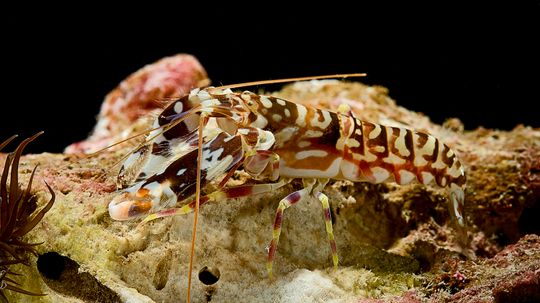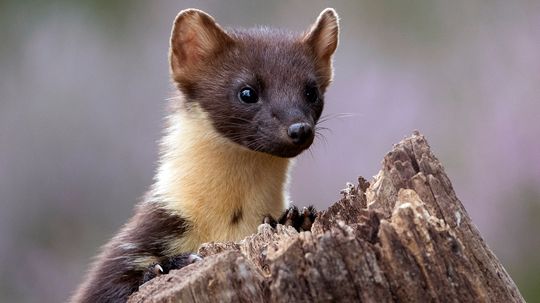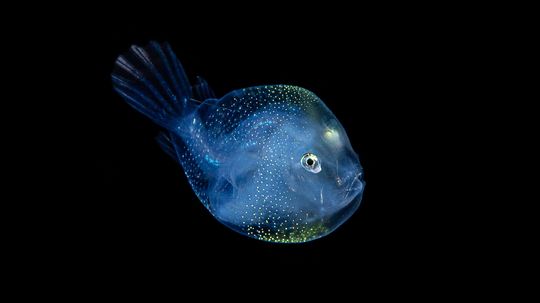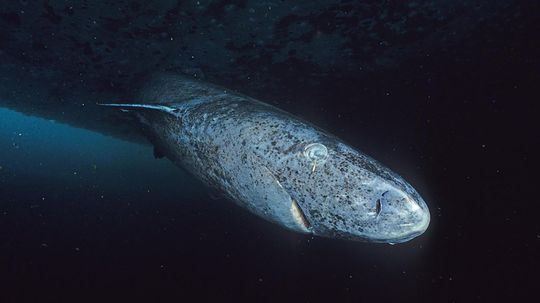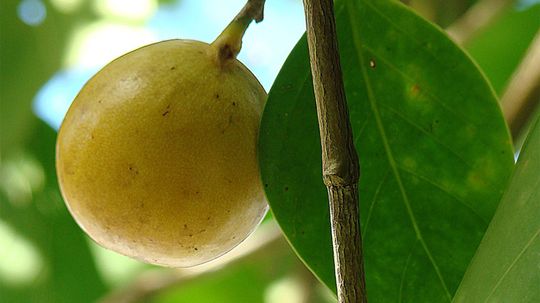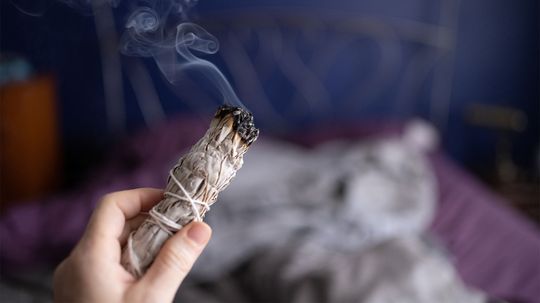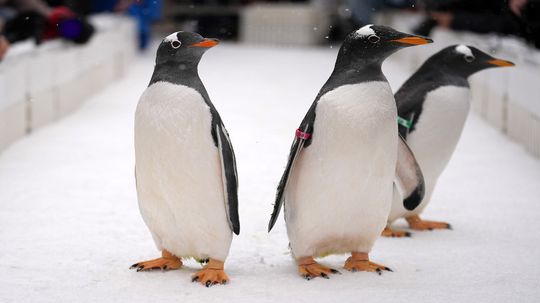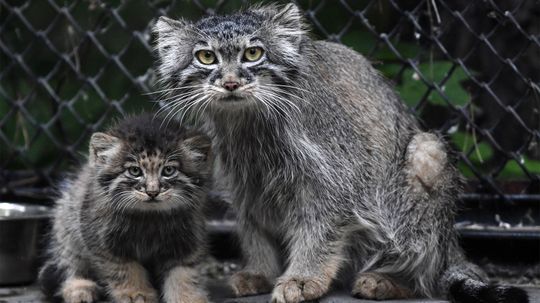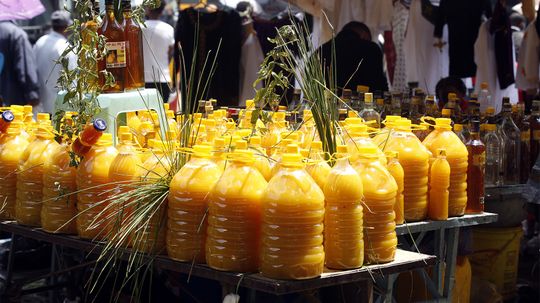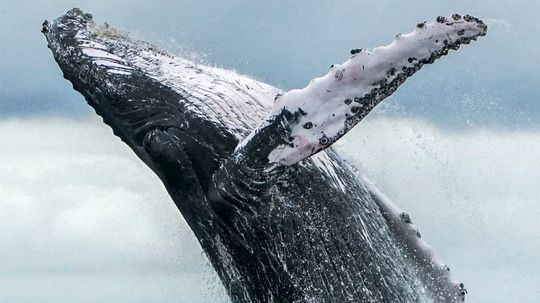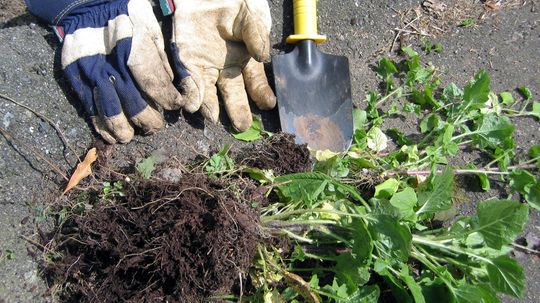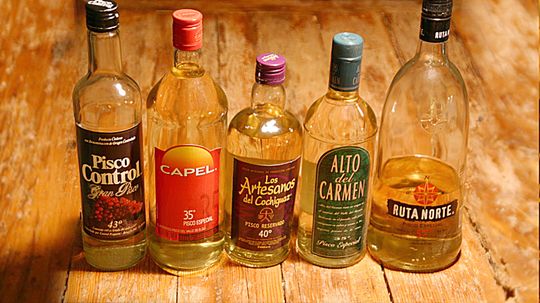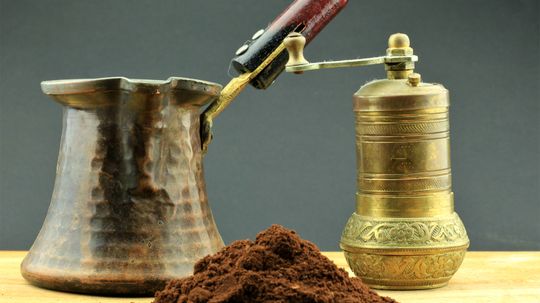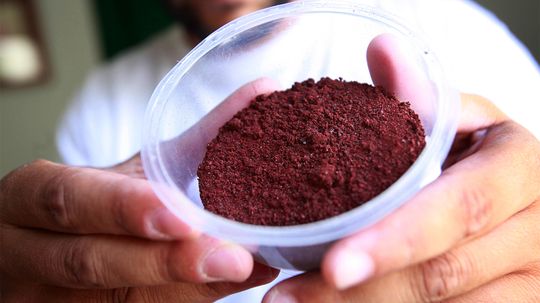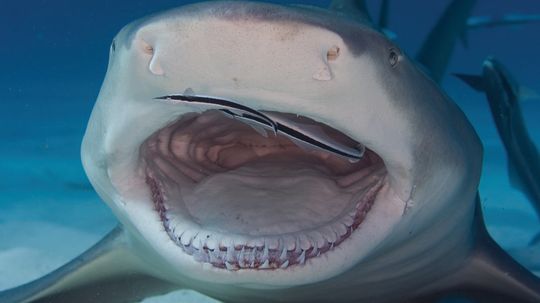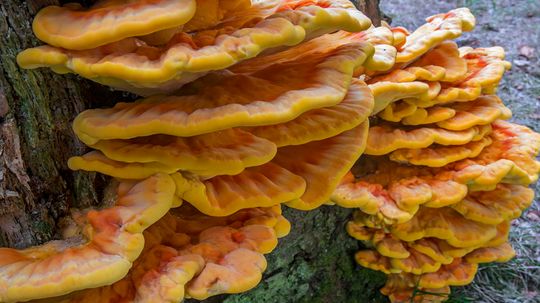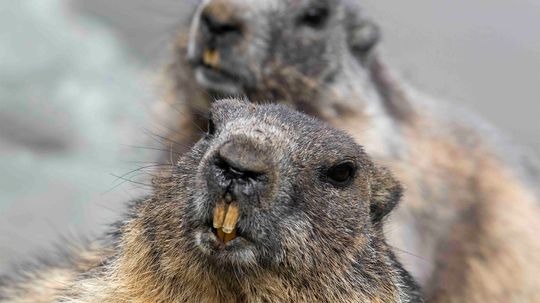Katie is a freelance writer living in the often underrated Midwestern gem that is Cincinnati, Ohio. She writes about everything from quirky animals to ancient spirits for HowStuffWorks and uses her copywriting chops to help businesses thrive. Katie tends to stay active — shooting hoops, hiking trails and exploring the city — but she slows down for her pretty serious obsession with ice cream and stand-up comedy. Throw in a hefty dose of puns, and she’s in heaven.
Recent Contributions
The pistol shrimp is feared in the ocean for its ability to hit a prey with air bubbles that travel 82 feet per second, pop at 218 decibels and deliver 8,000 degrees Fahrenheit of heat.
By Katie Carman
Pine martens are elusive and love to stay hidden in deep forests, but with strong claws, they are great climbers and hunters.
By Katie Carman
Most species of the rarely seen anglerfish live up to a mile beneath the ocean, where the females lure prey with a head-dangling hook appendage and permanently fuse with male suitors. It doesn't get much stranger than that.
By Katie Carman & Talon Homer
Advertisement
This denizen of the frigid deep not only lives a crazy long life, it also can grow up to 24 feet in length and eating its flesh can make humans "shark drunk."
By Katie Carman
Found along beaches and in the mangrove swamps of tropical climates, the fruit of the manchineel tree was called the 'little apple of death' by Spanish conquistadors.
By Katie Carman
Burning sage, aka smudging, has become increasingly popular for the purpose of cleansing energy and promoting healing and wisdom. But what is it exactly?
By Katie Carman
There are 126 species of birds that don't have the ability to fly, for various evolutionary reasons. Let's meet seven of them.
By Katie Carman
Advertisement
Pallas's cats appear cantankerous, in part due to their flat faces and large, owl-like eyes with round pupils.
By Katie Carman
Fermented from honey, yeast, water and gesho and served chilled in beaker-shaped bottles known as bereles, t'ej is Ethiopia's most popular drink and one of the oldest in the world.
By Katie Carman
Humpback whales can be as long as a city bus and weigh as much as two. They love to breach and water slap with their fins and tails, making them a perennial favorite for whale watchers.
By Katie Carman
The bane of every gardener's existence, weeds can easily and safely be controlled with non-toxic ingredients that you find around the house.
By Katie Carman
Advertisement
Two of the most commonly used tape products on the market are painter's tape and masking tape, but they shouldn't be used interchangeably. We'll explain why.
By Katie Carman
A smooth, South American brandy, Pisco is experiencing an American renaissance after centuries of popularity - and disputed history - in Peru and Chile.
By Katie Carman
Since its introduction in 15th-century Yemen, Turkish coffee has served as a cultural touchstone in Middle Eastern, Eastern European and north African countries, its brewing infused with magic and myth.
By Katie Carman
Carmine, a natural red dye also known as cochineal extract, is indeed made from the crushed bodies of the cochineal bug. And it provides the color for many of the foods we eat.
By Katie Carman
Advertisement
The lemon shark isn't as aggressive as some other sharks and it isn't quite as yellow as its name suggests.
By Katie Carman
The Chicken of the Woods mushroom is jam-packed with protein and easy to spot with its bright orange color and ruffled edges.
By Katie Carman
We see them in paintings of the day as a congregation of arthritic old men, drily deciding the terms of the new republic while complaining about their gout, when, in actuality, some of them were as young as 26.
By Katie Carman
While it often evokes the image of a gray-haired, old gentleman let off the hook because of his age, the intention behind the term "grandfathered" came from origins far more sinister.
By Katie Carman
Advertisement
It's an age-old question. How much wood would a woodchuck chuck? Turns out, none at all. So what would a woodchuck chuck if it couldn't chuck wood?
By Katie Carman
The Gullah Geechee people of the southern coastal U.S. painted their porch ceilings blue to trick the haints - witchy, shape-shifting spirits - into thinking their houses were surrounded by water, which everyone knows a haint can't cross.
By Katie Carman
While yaks share the bovine family tree with cows, they're a different species altogether. And, unlike cow dung, yak poop doesn't stink.
By Katie Carman
Lettuce has key nutrients that give both astronauts and Earth-dwellers alike a physical and psychological boost. And the lettuce grown in space is no less nutritious than the Earth-bound variety.
By Katie Carman

